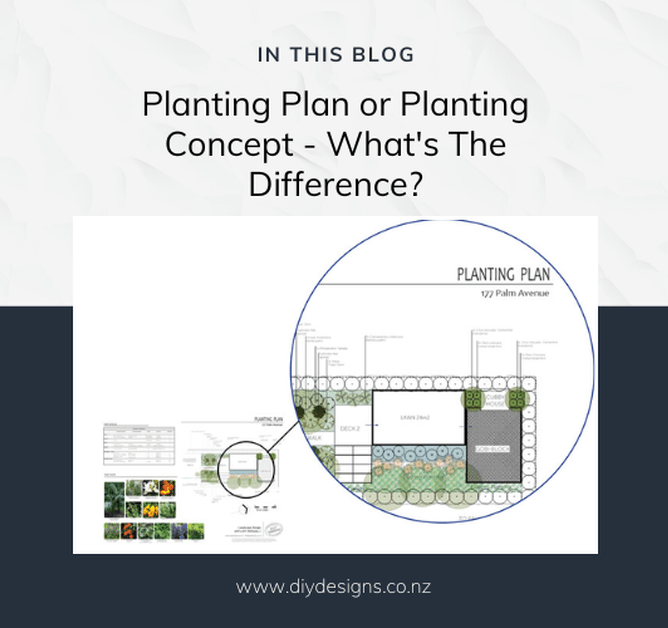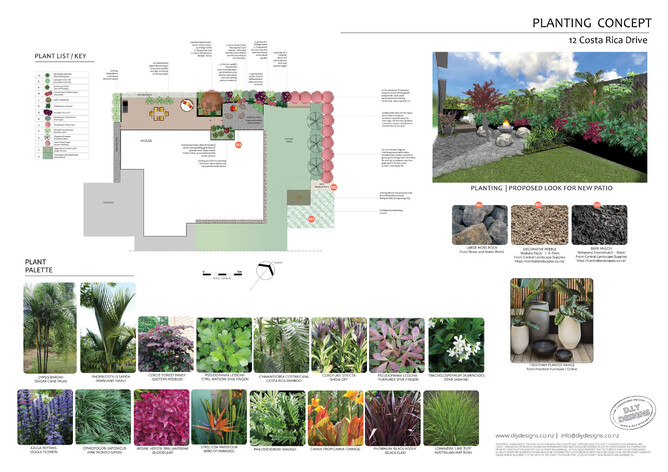Planting concepts for gardens often begin as a collection of elusive ideas in our heads, and many people head to the local garden centre or nursery without a clear planting plan in mind. It seems a logical place to start after all - brimming with colour, texture, fragrance and all that helpful, free planting advice! Without a planting plan to guide you, it’s easy to get caught up in the moment and find yourself with a boot full of horticultural booty but a garden created from a selection of impulse buys usually lacks cohesion and often does not pack quite the punch you may have looking for.
Planting Plans and Planting Concepts are both means of recording a proposed planting design. Creating one or engaging a landscape designer to draw one up for you before you head off to buy your plants and face all those tempting seasonal displays is a really good idea. This considered approach enables you to plan a cohesive planting scheme for your garden and to work out in advance things such as beautiful plant combinations and what range of plants will give a continuous display of colour, foliage contrast or seasonal interest. Having a well thought out planting design also enables you to work out practical details such as how many plants you will need.
Visit any landscape design website and you will most likely find reference to both Planting Plans and Planting Concepts. So, what’s the difference?
Planting Plans are Concise
Planting Plans are a simple, concise way of planning a planting layout. Great for people who know their plants and commonly used during professional implementations and for resource consents.
- Classed as ‘technical’ or ‘detailed’ drawings these are plans drawn in 2D (‘birds eye’ view).
- Typically black and white, they show plants as circles or simple graphics, with a cross or dot to denote the planting point.
- Plants are labelled (annotated) using full or abbreviated versions of the plant name.
- Drawn to scale, planting plans highlight important information such as how many plants are needed, and how far apart they should be planted. This is often recorded in a ‘planting schedule’ which shows plant quantities, spacings and sizes and sometimes planting notes.
Planting Concepts are Descriptive
Planting Concepts push beyond the basic information and offer additional descriptions and visual clues. Ideal for people who are new to gardening or have trouble visualising.
A plan drawn in 2D (‘birds eye’ view)
Plants are shown using colourful symbols representative of the plant form and colour
Plan labels are descriptive, explaining things such as what the plants look like, when they flower and their purpose in the design.
A plant key (legend) identifies the plant associated with the symbol on the plan
Plant photos are used to provide a visual guide to the plant palette and to help you identify the plants, which is useful for researching or purchasing your own plants.
DIY Designs are planting design specialists. Check our range of plan services to see how we can help you.


